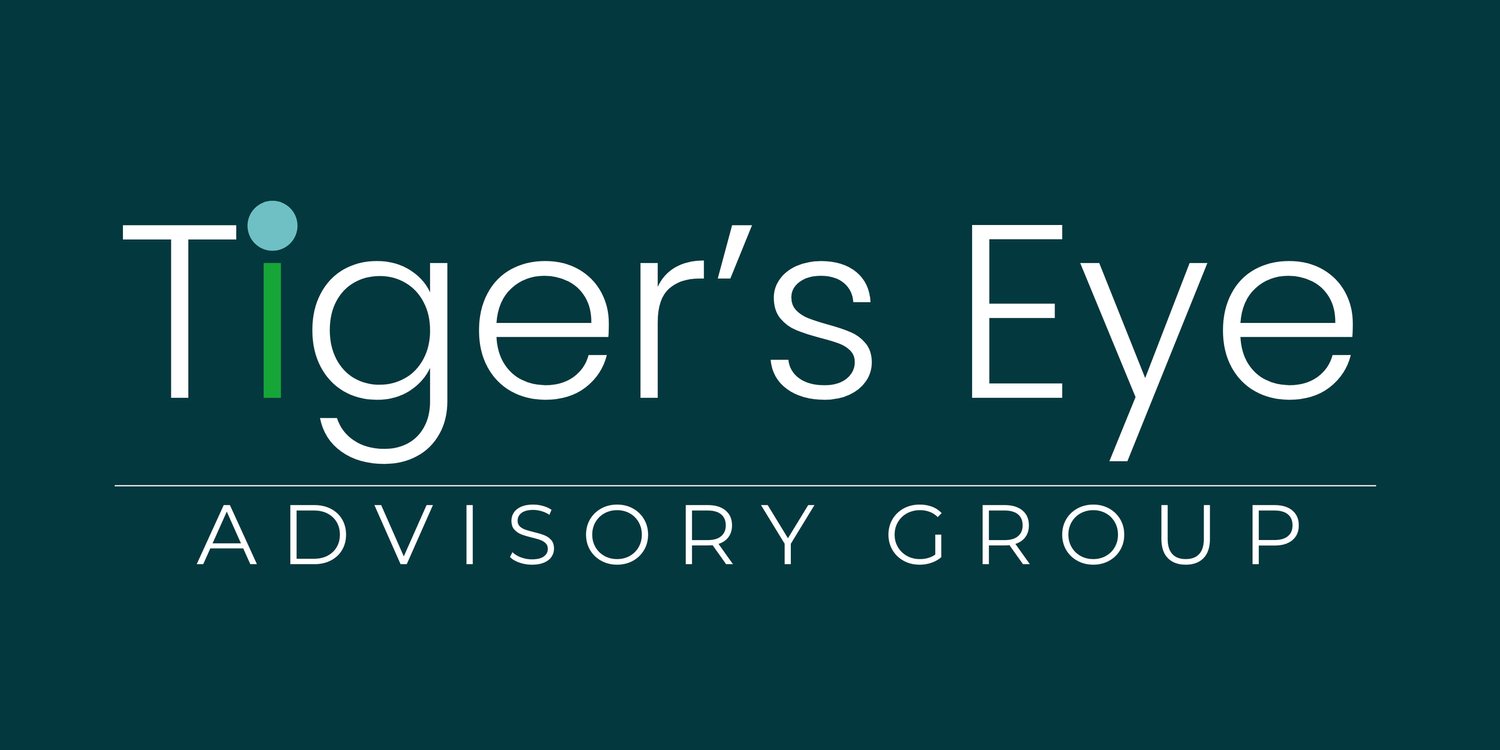What Could Be Hindering Innovation and Decisions in The Workplace?
A while back I felt ashamed as I had these “prejudice” thoughts and I felt “superior”. Seriously, how could I have these, I pride myself with being equitable and I usually address people who have discriminatory attitudes and behaviours. It’s an unsettling thought to think about, especially if you’re someone who is an advocate of inclusive behaviours. However, psychologists have stated that prejudice is something we have in all of us.
“From a psychology standpoint, it’s not an entirely bad thing. Prejudice has helped humankind survive during the primordial time because we needed to be quick-thinking about what dangers to avoid. We had to make quick decisions, and we made this decision based on what was most obvious to us. Our unconscious bias is essential and necessary because it could be life-saving.” (Diversity for Social Impact)
Prejudice may be hardwired into us as part of our survival instinct but we have a choice of whether or not to let it run our judgement.
In modern times, prejudice can be a dangerous thing because we assume something and generalize without taking the time to learn or understand. Even though prejudice is somehow wired into our psyche, it doesn’t mean we have to listen to it all the time. This can lead us to “biased” decisions and sabotage innovation unconsciously which impacts our teams and organization outputs.
What is unconscious bias?
Bias is a form of prejudice that favors or is against something, a person, or a group. This prejudice against these factors is usually unfair when they’re compared to one another.
There is conscious and unconscious bias’. Unconscious bias is typically a learned stereotype that’s automatic and mostly unintentional. Unconscious bias can be so systematically ingrained that it can alter our behaviour and how we interact with the people around us.
Many studies believe that unconscious bias happens automatically as our brain makes quick decisions based on its past experiences. This needs to be addressed as unconscious bias results typically in negative consequences not positive. People have been penalized and their benefits are taken away due to unconscious bias.
Unconscious bias in the workplace
One of the most common situations where unconscious bias usually happens is in the workplace. Many people have lost opportunities to excel simply because they were the victims of unconscious bias. Decisions and innovation have been hindered due to these biases.
As professionals, we need to be constantly aware of potential biases so we’re not prejudiced towards anyone just because they’re different from us. Employers and interviewers need to be objective and evaluate someone based on their merits and skill sets.
5 Strategies For Addressing Our unconscious bias at work:
Whatever position we have in our organizations, we all need to start with ourselves. Knowing ourselves and reflecting on self awareness builds better work and personal relationships.
Notice positive characteristics in people who you may be biased towards (remember we all have them and what we do with them is a choice).
Increase time spent with people who are different from you. We have a tendency to “trust” people who are our same gender, same views, same ethnic background etc. Again this trait is being human and it is proven that our brains look for similarities in people which creates familiarity and trust.
Promoting self-awareness: recognizing one’s biases using the Implicit Association Test (or other instruments to assess bias) is the first step.
Understanding the nature of bias. The strategy of categorization that gives rise to unconscious bias is a normal aspect of human cognition. Understanding this important concept can help individuals approach their own biases in a more informed and open way (Burgess, 2007).
Opportunities to have discussions with others, especially those from socially dissimilar groups can also be helpful. Sharing your biases can help others feel more secure about exploring their own biases. It’s important to have these conversations in a safe space-individuals must be open to alternative perspectives and viewpoints.
Facilitated discussions and training sessions promoting bias literacy utilizing the concepts and techniques listed about have been proven effective in minimizing bias. Evidence suggests that providing unconscious bias training reduces the impact of bias in the workplace (Carnes, 2012).
If your organization is interested in delving deeper into unconscious bias ask me about booking: Bias Unboxed: Seeing the Unseen to Lead with Clarity Workshop or Hidden Drivers: Unmasking Unconscious Bias for Sharper Leadership Keynote.
